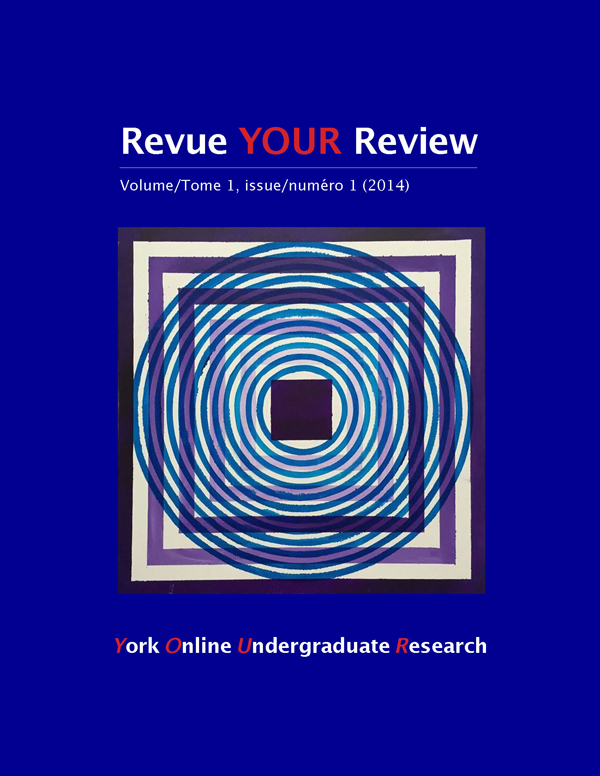A Lasting Riot: Controversy and Stravinsky’s Rite of Spring
Abstract
The Rite of Spring has consistently been depicted as an epoch-making piece of music and is often described as the most influential musical work of the twentieth century. No mention of the piece is complete without drawing attention to its scandalous premiere as a ballet in Paris on May 29, 1913, which ended in a riot. The work continues to be controversial in a variety of ways today. Academics disagree on several fronts: was the controversy surrounding the original performance due to the choreography rather than the music? How quickly did the audience response change from derision to congratulation? Does the Rite of Spring really break from the past or does it demonstrate significant continuity with other compositions? Does the work respect theories of composition and can it be analyzed theoretically? And, intriguingly, is Stravinsky’s Rite of Spring an amoral work that celebrates inhumanity? Answers to these questions are proposed, based on the analysis of reviews of the early performances, as well as on academic writing about the work over several decades. The questions are further related to a review of a performance of the work in Toronto (2012). While the Rite of Spring may have a lessened ability to shock modern audiences, its vitality and controversial nature remain as dramatic as ever.Downloads
How to Cite
Issue
Section
License
Authors contributing to Revue YOUR Review agree to release their articles under one of three Creative Commons licenses: Creative Commons Attribution 4.0 International; Creative Commons Attribution-NonCommercial 4.0 International; or Creative Commons Attribution-NoDerivatives 4.0 International. All editorial content, posters, and abstracts on this site are licensed under Creative Commons Attribution-NoDerivatives 4.0 International. For further information about each license, see:
https://creativecommons.org/licenses/
In all cases, authors retain copyright of their work and grant the e-journal right of first publication. Authors are able to enter into other contractual arrangements for the non-exclusive distribution of the e-journal's published version of the article (e.g., post it to an institutional repository or publish it in a book or in another journal), with an acknowledgement of its initial publication in this e-journal.


